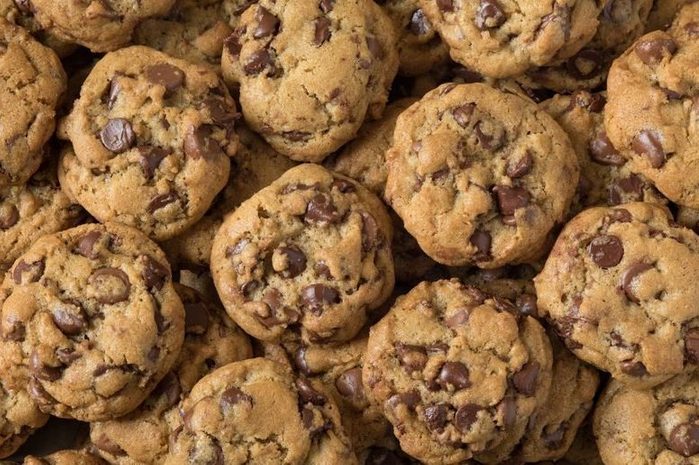
Baked Goods
Freshly made cookies, cakes, and muffins are priced about three times higher at the store than they’d cost you to whip up a batch by yourself, says Alexa von Tobel, founder of financial planning company LearnVest. “Take time to calculate the trade-off you’re making so you know if the convenience is really worth it,” she says. In a time crunch, they might be best, but if you can sacrifice an hour, the homemade version will be well worth it. If you want to make cookies of your own, Costco chocolate chips will help you whip up a delicious cookie option.

Beauty Products
You’ll pay a premium for the convenience of picking up makeup, hair products, and other toiletries at the grocery store, says personal finance expert Rachel Cruze, author of Love Your Life Not Theirs: 7 Money Habits for Living the Life You Want. She recommends waiting for a sale or coupon at a drugstore or finding a lower price at Walmart. “It may only seem like you’re saving a few dollars, but it adds up,” she says. Here are more grocery shopping secrets to memorize.
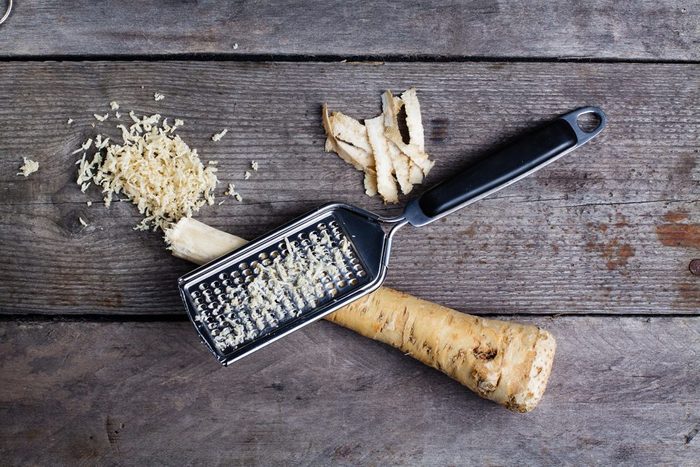
Cooking Tools
It might not be until you’re stocking up on supplies that you realize—oh yeah!—you don’t actually have a rubber spatula to frost the cake you were planning to make. But instead of grabbing cooking tools like can openers or graters from the grocery store, consider making a separate trip on your way home. “Those types of items are usually much cheaper at discount retailers like Walmart,” says Cruze. If you can spare a few days for shipping, you can also try browsing online for the best deal, she says. Find the right grocery shopping app to simplify your trip to the store.
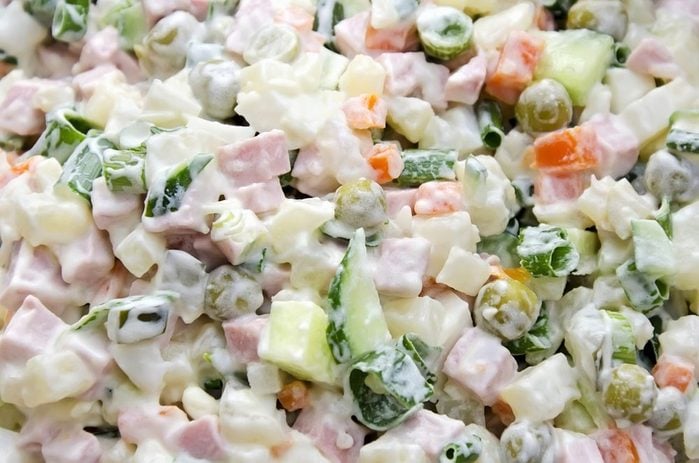
Prepared Foods
That tub of potato salad might look tempting for tonight’s dinner, but you’re at a grocery store—why not get the ingredients to make it yourself? Depending on the dish, you could save up to 90 percent on items like pre-made salads, hot bar items, and deli meals, says consumer savings expert Jill Caponera of promocodes.com.
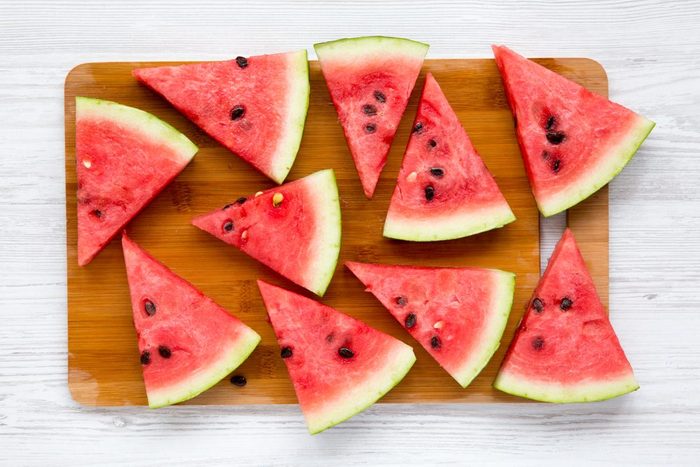
Pre-cut Produce
When you buy chopped or cubed fruits and veggies from the grocer, you’re paying for the time the staff took to cut it up. For instance, a seeded watermelon typically costs $0.31 to $0.38 per pound, but 1.5 pounds worth of watermelon spears could ring up at $6. “This is a huge premium … which can be avoided by buying the product in raw form and preparing it by yourself ahead of time—typically for the week,” says Dustyn Ferguson of money-saving site dimewilltell.com. Carve out a little extra time to chop up melons, veggie platter items, and zoodles yourself instead, says Ferguson.
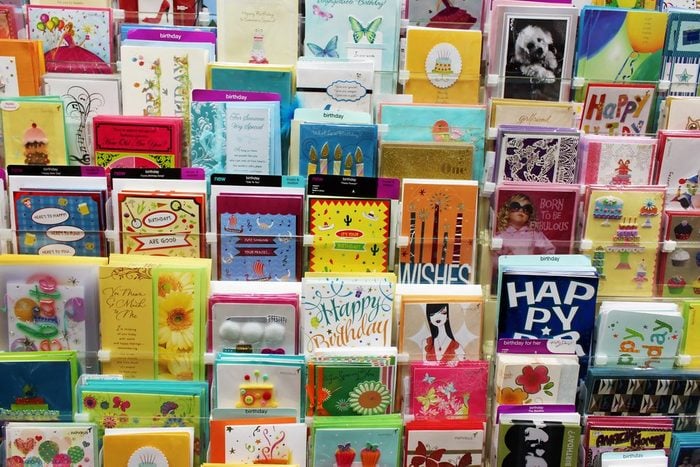
Greeting Cards
Picking up a birthday card while you’re buying a cake seems like a no-brainer—until you look at the price tag, which will usually be around $7. “Since grocery stores typically only carry a small number of cards, expect to pay top dollar,” says Caponera. Head to a dollar store, which typically has a two-for-$1 deal, or better yet, buy an occasion-neutral set of cards in bulk that you can also use for anniversaries, thank-you’s, and more.
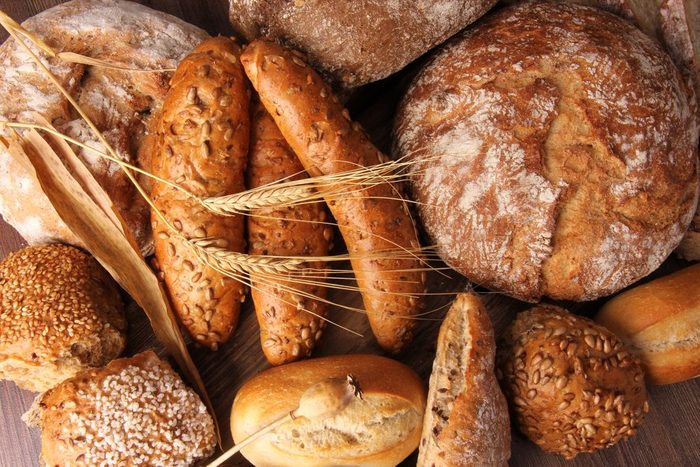
Organic Items
Your typical supermarket will have a higher price tag for organic fruits and veggies than the ones you’d find at health specialty stores. “For example, something organic at a store like Trader Joe’s will likely be cheaper than the same item at a Shaw’s, simply because the item is in more demand at a Trader Joe’s, which allows the price to be lower,” says Ferguson. Case in point: A loaf of organic whole wheat bread costs $3.49 at Whole Foods, but you’ll pay a whole dollar more for Kroger’s organic brand—even though the loaf is smaller. Learn more things your grocer won’t tell you.
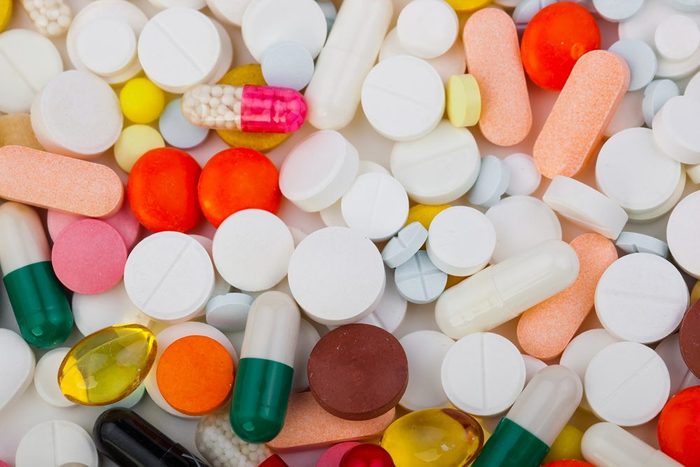
OTC Medications
The brand-name medications you’ll find at a grocery store can be 15 to 30 percent more expensive than generic brands at a drugstore or discount store, says Caponera. “More often than not, generic brands are nearly identical to name-brand products,” she says. Stick with generic for health products, packaged foods, and more.
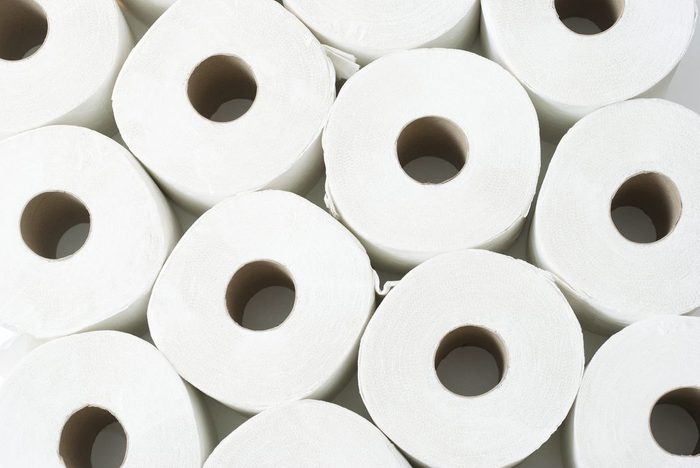
Paper Products
Items like toilet paper and paper towels will never expire, so you’ll find the lowest prices at a wholesale store rather than a grocery store, says Cruze. For instance, a 12-pack of Costco’s Kirkland paper towels costs $17, but you’d pay $28 to get that many rolls from ShopRite. Here’s how to get the best deals at every grocery store.
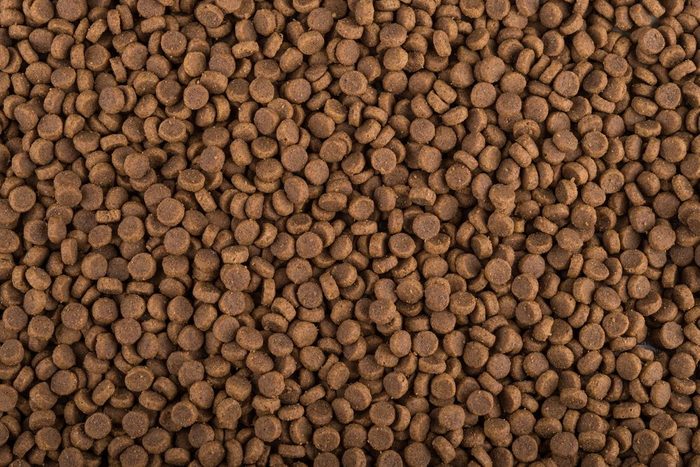
Pet Food
For the best deal, don’t get your dog or cat’s meals at the same place you buy food for the rest of your family. “You’ll likely only find a half-aisle at most dedicated to pet food at your local grocery store, making the selection more expensive,” says Caponera. Check warehouse clubs like Sam’s Club and Costco, or Amazon for the best price, she says. For instance, one can of Fancy Feast costs 77 cents at Hy-Vee, but you’ll pay about 72 cents per can by buying in bulk on Amazon.
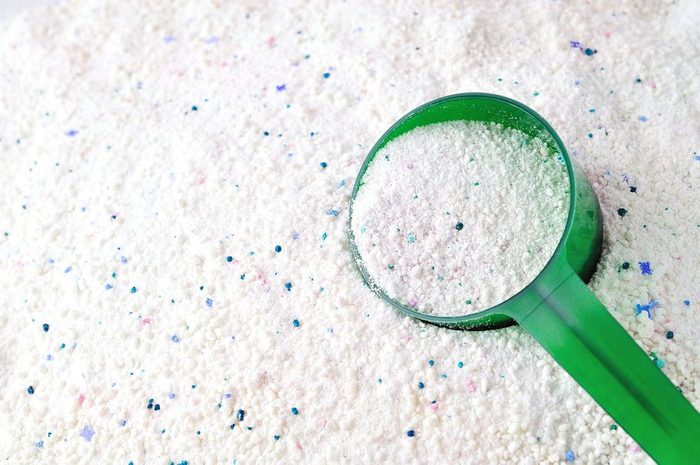
Laundry Detergent
“When you compare the pricing of bulk detergent vs. the size you’ll find in the grocery store, it’s a no-brainer,” says Caponera. Expect to save 9 cents on every Tide Pod by buying in bulk at Costco, or save money by buying regular-sized detergent at Target, Walmart, or Amazon—preferably with a coupon.
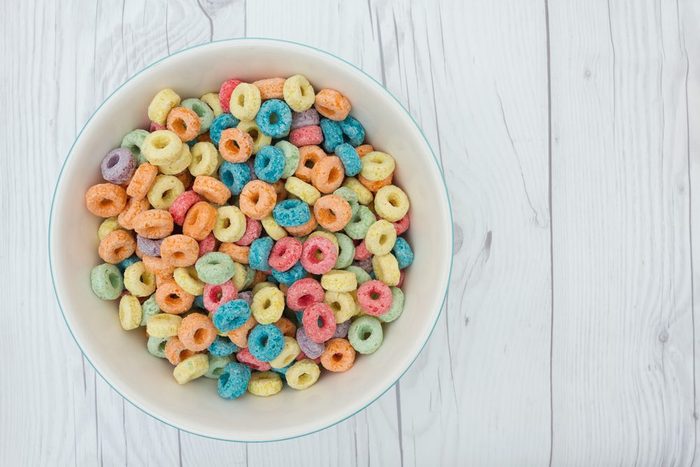
Cereal
As a pantry staple, cereal is a surprisingly bad buy at the grocery store. “Try to get that at a discount grocer like Aldi, where you’ll pay less,” says David Bakke, a personal finance expert with Money Crashers. Also consider buying generic brands instead, which could save about 10 cents per serving.

Light Bulbs
Light bulbs usually have a 60-percent markup in supermarkets compared to other stores, says Caponera. Try buying in bulk (no expiration date!) or find them at a discount shop like a dollar store, she suggests.

Batteries
As with other home goods, you’ll pay for convenience if you pick up batteries on your grocery run. “You can get those at the dollar store for pennies on the dollar,” says Bakke.
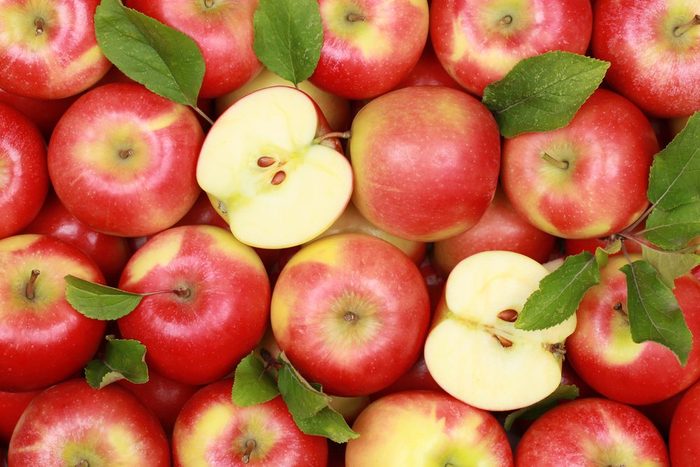
“Pretty” Produce
Stores know that shoppers prefer “pretty” fruits and vegetables over unspoiled produce that has an odd shape or size. And while those ones are marked up, you might be able to find less perfect-looking options for a fraction of that cost. “An increasing number of supermarkets, including Walmart, sell ugly produce at cut-rate prices—think 50 percent off,” says von Tobel. They might have a bruise or a funny shape, but they’ve got just as much flavor and nutrients as their better-looking counterparts—and offer an effective way to combat rising food prices.